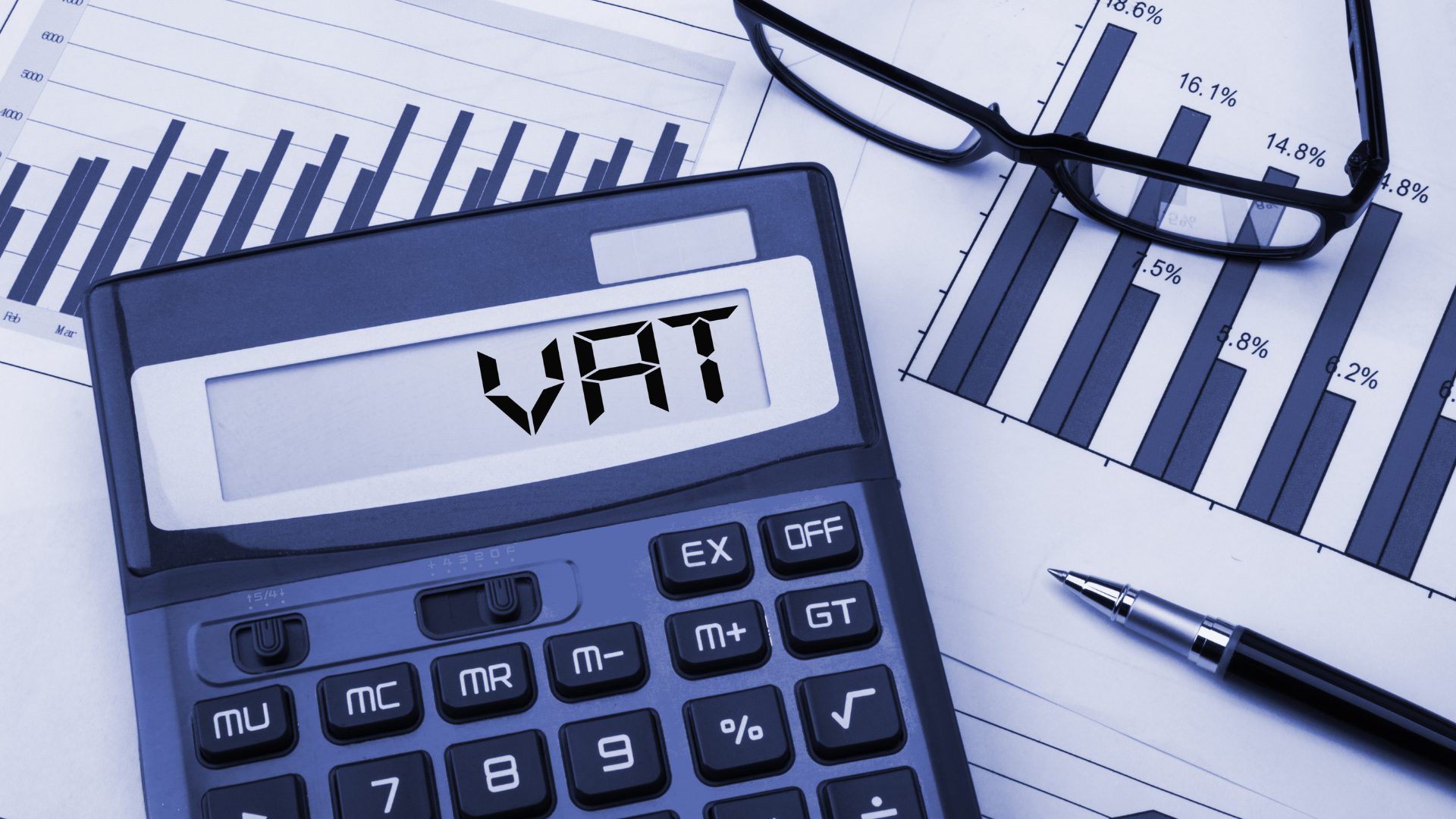Value Added Tax (VAT) is a type of tax, is an integral element of any financial transaction for UK businesses. It is important for businesses registered for VAT to understand the process of filing VAT returns. This guide will provide useful information about the difficult procedure of submitting VAT returns. It can also assist companies navigate this difficult financial world with confidence.
What is VAT and Why Should it be Important?
VAT, also known as Value Added Tax is a tax on consumption applied to the sales of goods and services. When your business is registered with VAT, you will need to pay the VAT that was imposed on the sale of your products or services. It is necessary to take VAT from your customers and then pay it back to HMRC and offer your customers a receipt or invoice which details the VAT amount that was included in the transaction. Also, you’ll receive an invoice for VAT when you purchase a good. This will show the amount of VAT included in the transaction. Maintaining precise details of these transactions is crucial for reclaiming VAT from HMRC.

The Basics of VAT Returns
One of the fundamental obligations for companies registered for VAT is filing regular VAT returns with HMRC. A VAT return provides a summary of transactions and purchases of an organization during a certain period. This is basically a way to report on the amount of VAT they have collected from their customers and the amount they paid for their purchases. This process is typically carried out on a quarter-by-quarter basis.
How do you file your VAT return The step-by-step procedure
1. Understand Your VAT Period Before beginning the filing process, it’s essential to know the VAT timeframe. In the UK the majority of businesses prepare VAT returns on a quarterly basis. It is important to be aware of the dates for your VAT tax period.
2. Compile Information on Sales and Purchases: Collect pertinent details regarding your sales as well as purchases within the timeframe of VAT. These include invoices for sales made to customers as well invoices for purchases made from suppliers.
3. Calculate Output Tax Output tax is a form of VAT you’ve charged your clients on sales. Add all the VAT that you charged on your sales to calculate your total tax you owe on your output.
4. Input tax can be calculated by adding the VAT on all of your purchases made during the period of VAT. Add every VAT that you have paid on your purchases within the period of VAT to calculate the total tax on input.
5. Complete the HMRC’s VAT Return Form. Using all the information gathered from the previous step Complete the VAT return form of HMRC. This form typically includes sections for your total sales, total purchases output tax, as well as input tax.
6. The VAT Return must be submitted to HMRC Once the form is filled out in a timely manner, submit it to HMRC by the specified deadline. The submission can be done online using the HMRC’s Making Tax Digital (MTD) service. It is a quick and efficient method of meeting your tax obligations for VAT.
Common errors to avoid
If you’re not timely in filing your VAT return, penalties may apply. If you’re not on time for filing, it can have negative financial consequences for your business.
Incorrect information: Review all the information on your tax returns for accuracy. Uncorrected or inaccurate calculations can lead to a variety of discrepancies or even problems with HMRC.
Failure to claim Input Tax Inadmissible: Businesses are able to claim VAT on eligible purchases. It is important to know which input taxes you can claim. It could affect the total VAT obligation.
Also, read our conclusion.
Knowing the various VAT returns is an essential aspect of financial management for businesses operating in the UK. Understanding the VAT return procedure along with its intricate details, as well as the need for a thorough guide to VAT returns are essential for maintaining financial compliance.
Companies must be careful when preparing VAT returns and with accuracy. Being aware of the process making sure to avoid mistakes and using the resources available will aid businesses in reducing their VAT obligations. This can contribute to security of finances and regulatory compliance. If you are a business owner who’s new to VAT or an experienced one is important to remain up-to-date and organized when it comes time to prepare your VAT returns. This will help improve the financial health for your business.